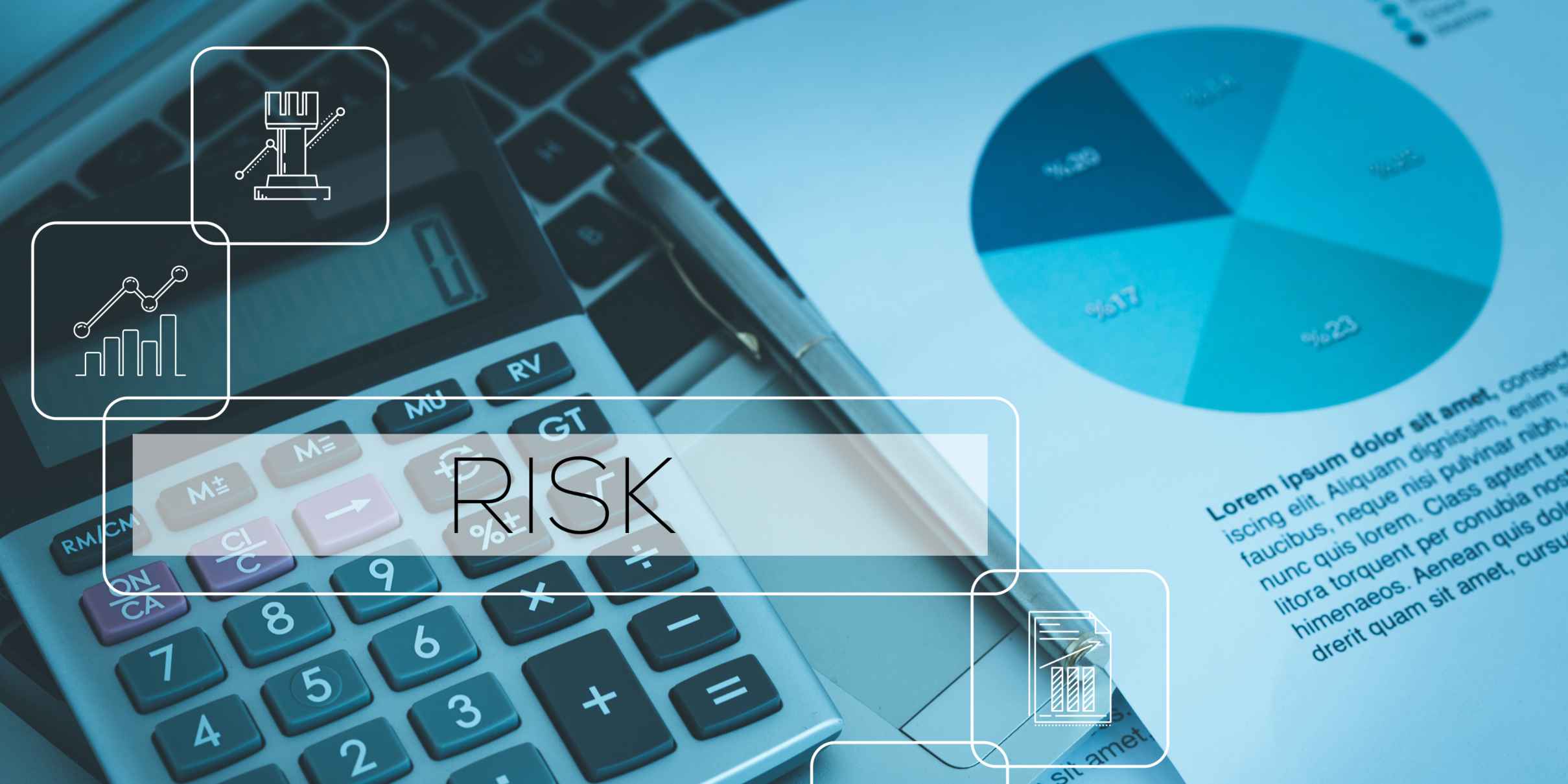Integrating Governance, Risk, and Compliance (GRC) systems with existing IT infrastructure can significantly enhance an organization's ability to manage risks, ensure compliance, and improve overall governance. Understanding the key steps and challenges involved in this integration process is crucial for a successful implementation.
What are the key steps to integrate GRC with existing systems?
Successful integration of GRC systems with existing IT infrastructure involves several critical steps. The initial step is a comprehensive assessment of the current IT landscape. This involves identifying existing systems, understanding their functionalities, and determining how they align with the organization's GRC objectives. A thorough assessment helps in identifying potential integration points and areas that require improvement.
Planning is the next step in the integration process. This involves creating a detailed roadmap that outlines the integration strategy, timelines, resources, and budget. Effective planning ensures that all stakeholders are aligned and that the integration process is streamlined. Execution involves the actual integration of GRC systems with existing infrastructure. This step requires close collaboration between IT teams to ensure seamless connectivity and data flow between systems.
Which systems can be integrated with GRC?
GRC systems can be integrated with various enterprise management systems to enhance organizational processes. Common systems integrated with GRC include Enterprise Resource Planning (ERP) systems, which help in aligning financial and operational data with risk management activities. Customer Relationship Management (CRM) systems can also be integrated to manage customer-related risks and ensure compliance with data protection regulations.
Integrating GRC with other enterprise systems like Human Resource Management Systems (HRMS) and Supply Chain Management (SCM) systems can provide a holistic view of organizational risks. Each integration point offers unique benefits, such as improved data accuracy, streamlined processes, and enhanced decision-making capabilities.
How does GRC integration improve compliance management?
Integrating GRC with existing systems enhances compliance management by streamlining processes and improving data accuracy. By centralizing compliance data, organizations can ensure consistency in reporting and reduce the risk of non-compliance. Real-time insights provided by integrated GRC systems enable organizations to quickly identify compliance issues and take corrective actions.
Integrated systems facilitate the automation of routine compliance tasks, reducing the reliance on manual processes and minimizing the likelihood of human error. This automation not only improves efficiency but also ensures that compliance requirements are consistently met.
What challenges might arise during GRC integration?
Several challenges can arise during the integration of GRC systems with existing infrastructure. One common challenge is data compatibility, as disparate systems may use different formats or standards. Ensuring seamless data exchange requires careful mapping and transformation of data between systems.
System downtimes during integration can disrupt business operations. To mitigate this, organizations should plan for integration during low-activity periods and ensure thorough testing before full-scale implementation. Resistance to change is another potential challenge, as employees may be reluctant to adopt new systems. Providing adequate training and support can help ease the transition and promote user adoption.
How can GRC integration support risk management?
Integrating GRC with existing systems provides a comprehensive view of potential risks, facilitating proactive management. By aggregating risk-related data from multiple sources, organizations can identify emerging threats and assess their impact on business operations.
Integrated GRC systems enable organizations to conduct thorough risk assessments and implement controls to mitigate identified risks. Real-time analytics and reporting tools provide valuable insights, allowing decision-makers to prioritize risk management efforts and allocate resources effectively.
What role does performance monitoring play in GRC integration?
Performance monitoring is essential in the context of GRC integration, as it helps organizations track the effectiveness of the integration process. Monitoring key performance indicators (KPIs) allows organizations to measure the success of the integration and identify areas for improvement.
Performance monitoring also enables organizations to make necessary adjustments to the integration strategy, ensuring that GRC systems continue to align with business objectives. By regularly evaluating the performance of integrated systems, organizations can ensure that they are maximizing the benefits of GRC integration.
What are the benefits of integrating GRC with existing systems?
Organizations can expect several benefits from successfully integrating GRC with their existing systems. Improved efficiency is one of the key benefits, as integration streamlines processes and reduces the need for manual intervention. This leads to faster decision-making and enhanced operational performance.
Reduced risk is another significant benefit, as integrated systems provide a comprehensive view of organizational risks and facilitate proactive management. Enhanced decision-making capabilities are also a result of GRC integration, as organizations gain access to real-time insights and analytics, enabling them to make informed decisions with confidence.
Accessible popup
Welcome to Finsweet's accessible modal component for Webflow Libraries. This modal uses custom code to open and close. It is accessible through custom attributes and custom JavaScript added in the embed block of the component. If you're interested in how this is built, check out the Attributes documentation page for this modal component.


.jpg)
%20(1).jpg)
.jpg)
.jpg)
.jpg)
.jpg)
%20(1).jpg)
.jpg)
%20(1).jpg)
.jpg)
.jpg)

.jpg)
.jpg)





.jpg)

%20(2).jpg)
















%20(1)%20(2).jpg)





.jpg)

.png)
.jpg)





%20(1).avif)



